In this post, we’ll explore why botanical illustrations are a valuable form of art, provide some helpful tips and tricks for creating your own botanical illustrations, and showcase my collection of botanical illustrations to inspire your own creative endeavors.
Why Botanical Illustrations?
Botanical illustrations are a timeless art form that has been used for centuries to document and celebrate the beauty and diversity of plant life. These intricate drawings, paintings, and engravings have not only served as a means of scientific documentation, but also as a way of capturing the essence of a plant’s unique character and charm. From the early herbal manuscripts of the Middle Ages to the detailed watercolors of contemporary botanical artists, botanical illustrations have played a vital role in our understanding and appreciation of the natural world.

Tips & Tricks
– Learn how to observe, look at the different shapes and structures, look at the different foliages. Experiment by drawing textures of leaves and trunk.
– Shadings is (again) SO important in order to give a sense of believable form and three- dimensionality. Contrast between highlights and shadows is crucial for a drawing to stand out. Otherwise this will lead to a flat drawing with no depth.
With shading, the magical illusion of three-dimensional reality appears on your drawing paper. This is why the placement of the light source affects every aspect of an artwork.
– Take a sketchbook and go for a walk. Observe the trees you pass and try to sketch them quickly. This way it will become intuitive for you. You can also use photo references from internet if you prefer to stay at home.

– For the trees, begin drawing from the top down, connecting smaller branches to larger ones. Observe the angles at which the smaller branches connect to each other and to the major trunk. Make sure to enlarge the trunk as you descend. Understand the general idea of the structure of a tree. The trunk is always thicker. It is thick towards the bottom and the roots, and narrows closer to a point toward the top. The same thing with the branches. They are thicker toward the base and narrower towards the tip. Each one of the main branches gets a few branches of their own, but smaller. If you have a general idea of the structural composition of a tree, you will be able to draw any tree you want!
– Since most trees aren’t perfectly symmetrical, alternate some of the branches or leave gaps between them.
– Keep your hand loose and relaxed as you work in order to make a more realistic-looking tree.
Botanical Illustrations Collection


Botanical Illustration


Botanical Illustration


Botanical Illustration



That is all for the botanical illustrations! Whether you’re looking to improve your drawing skills or simply appreciate the beauty of nature, I hope this post offered what you were looking for.
Feel free to ask me anything or you can check out my other drawings post here!
If you want more art and architecture content, I like to share on my Instagram too!


Botanical Illustration


